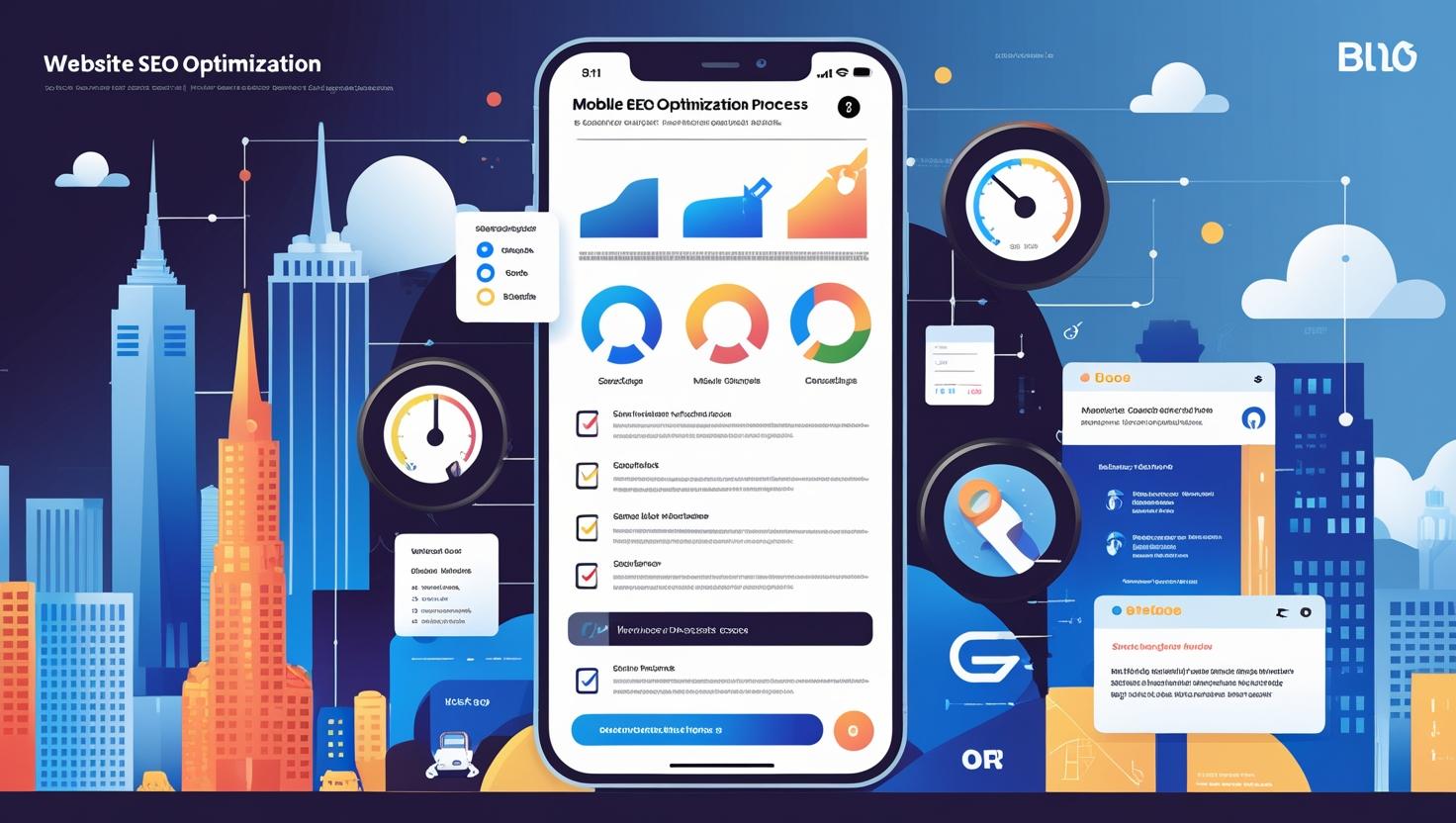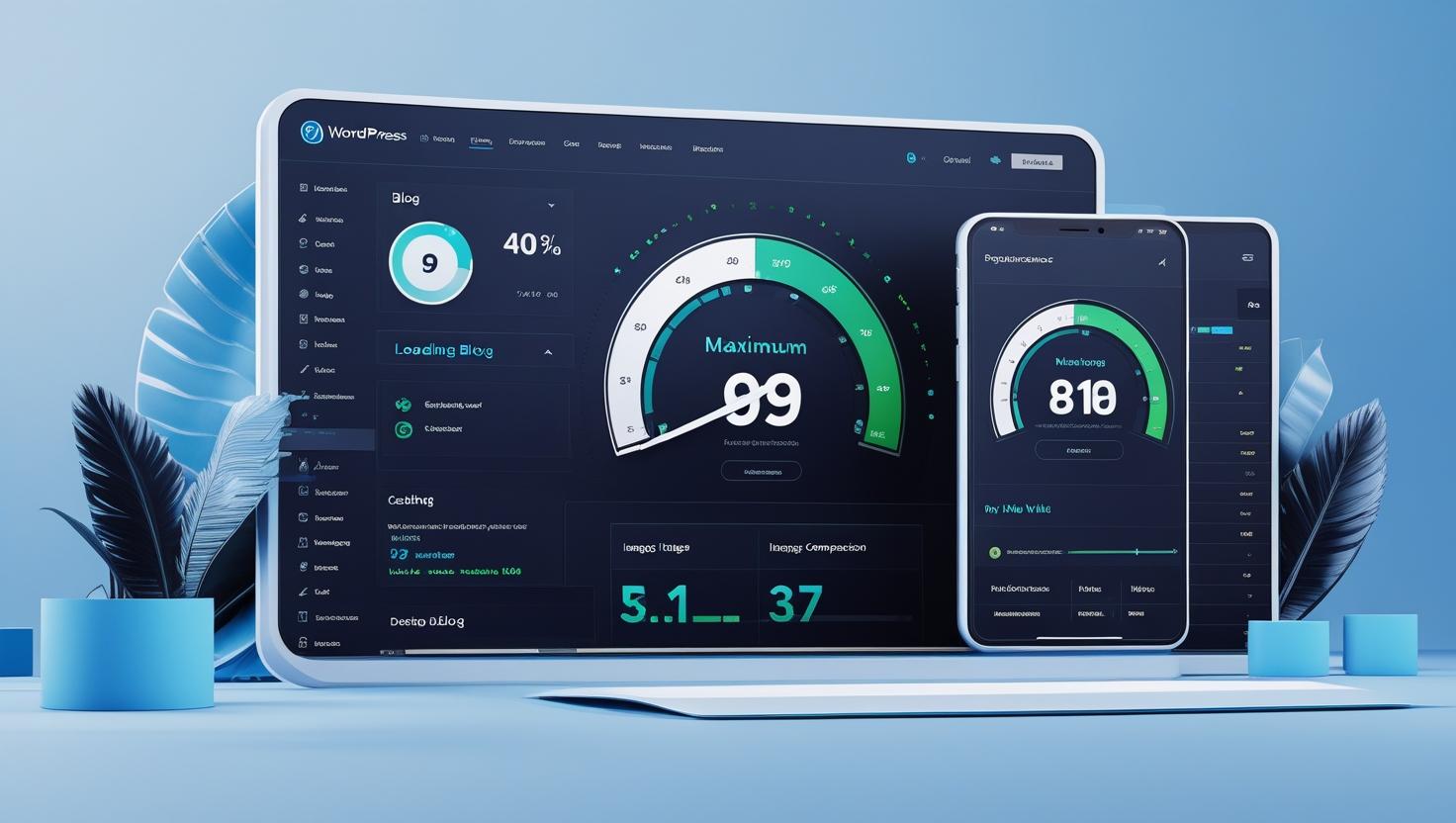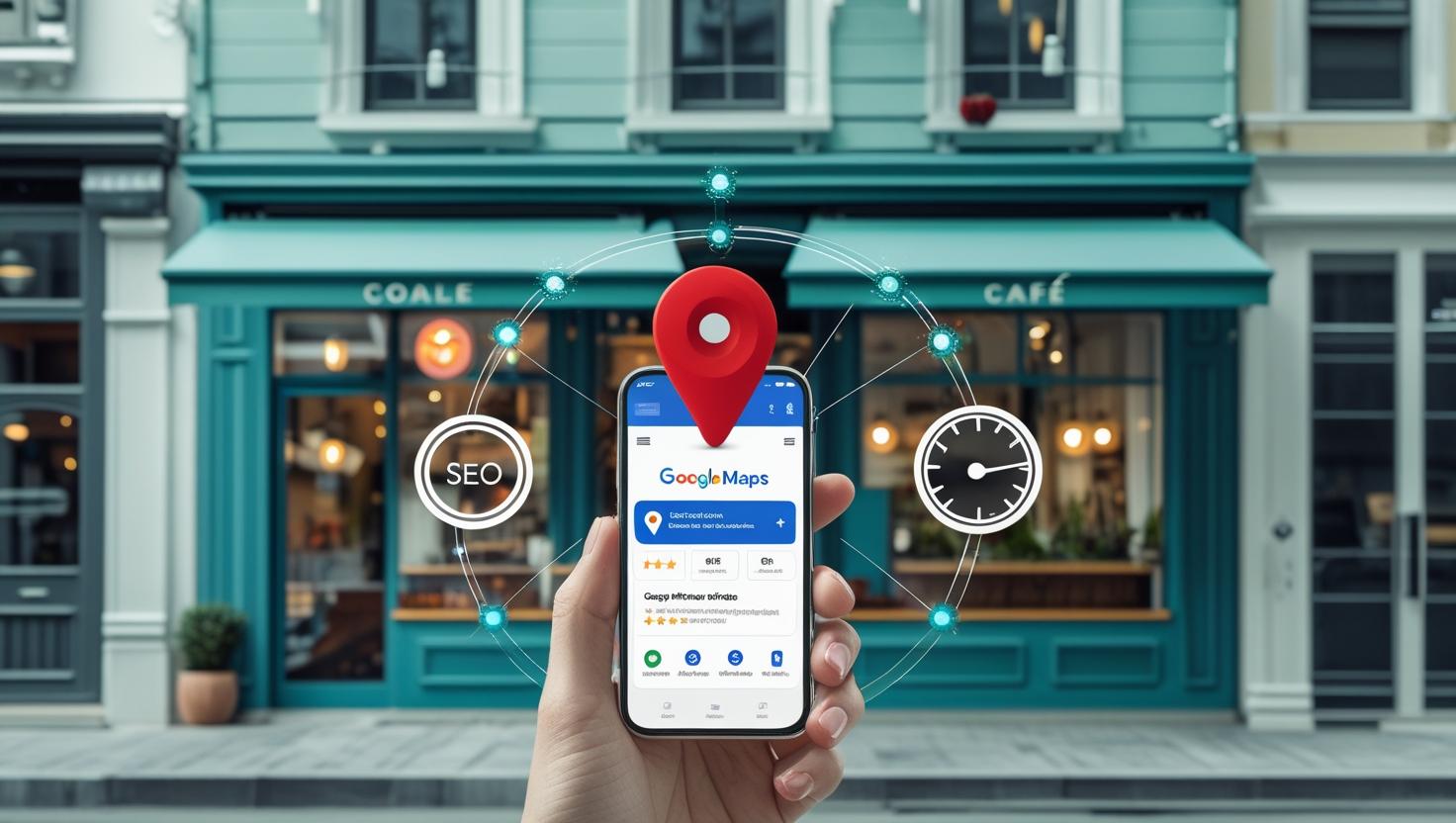

Introduction: Why You Need a Google-Friendly Website in 2025
If you’re planning to build or revamp a website in 2025, you’re entering a world where Google’s algorithm is more user-focused than ever. With Core Web Vitals, UX signals, mobile responsiveness, and lightning-fast speed becoming non-negotiable, it’s essential to optimize your site with precision.
Want your blog to rank? You need more than keywords — you need a Google-friendly experience.
This comprehensive guide breaks down how to build a Google-friendly website in 2025 with practical, beginner-friendly advice. Whether you’re in the USA, Norway, Canada, Australia, or Europe, this blog will help you align with the latest SEO standards.
What is a Google-Friendly Website? (Snippet-Friendly Definition)
A Google-friendly website is one that meets Google’s standards for high-quality content, fast page load times, mobile usability, and an excellent user experience. It is easily crawlable, follows SEO best practices, and prioritizes Core Web Vitals.
Why Core Web Vitals and UX Are the New SEO Fuel
In 2025, SEO isn’t just about backlinks and keywords. Google is rewarding websites that:
- Load fast (especially on mobile)
- Are visually stable (no jumping content)
- Are interactive and user-friendly
This is where Core Web Vitals and UX come in.
Google Ranking Factors 2025 (Top Ones to Focus On)
- Largest Contentful Paint (LCP) – Measures load time of main content
- First Input Delay (FID) – Measures interactivity
- Cumulative Layout Shift (CLS) – Measures visual stability
- Mobile-Friendliness
- HTTPS Security
- No intrusive interstitials
- Page Experience Signals
Step-by-Step Guide to Building a Google-Friendly Website in 2025
1. Prioritize Website Speed Optimization
- Compress images using tools like TinyPNG or ImageOptim
- Use lazy loading for images
- Minimize CSS and JavaScript
- Use a fast hosting provider (e.g., SiteGround, Hostinger)
- Implement a CDN like Cloudflare
2. Follow a Core Web Vitals Checklist
- Use Google PageSpeed Insights or Lighthouse
- Keep LCP under 2.5 seconds
- Maintain FID below 100ms
- CLS should be less than 0.1
- Monitor using Search Console Core Web Vitals report
3. Improve User Experience (UX)
- Use intuitive navigation
- Clear CTAs (Call to Actions)
- Minimal popups
- Accessible design (readable fonts, color contrast)
- Fast-loading mobile layout
4. Implement SEO-Friendly Web Design
- Use semantic HTML tags (H1-H6 structure)
- Optimize title and meta descriptions
- Add ALT text for all images
- Use clean, crawlable URLs
- Submit XML sitemap to Google
5. Ensure Mobile-Friendly Website Design
- Use responsive design frameworks (e.g., Bootstrap)
- Test on multiple devices
- Avoid Flash and outdated tech
- Tap-friendly buttons
6. Optimize Website Structure and Navigation
- Use breadcrumbs
- Create a logical hierarchy (homepage > category > content)
- Add internal links (like our guide on How to Choose a Profitable Blogging Niche)
Common Mistakes to Avoid
- Ignoring mobile responsiveness
- Overusing large images and videos
- Not testing site speed regularly
- Neglecting technical SEO elements
- Skipping structured data/schema markup
Best Tools & Resources to Use in 2025

- Google PageSpeed Insights – Check speed and vitals
- Google Search Console – Monitor performance and indexing
- Ahrefs Webmaster Tools – SEO audits
- Screaming Frog SEO Spider – Crawl your site for issues
- GTmetrix – Advanced speed testing
- Hotjar or Microsoft Clarity – Track real user behavior
FAQs: How to Build a Google-Friendly Website in 2025
Q1: What is the most important ranking factor in 2025?
A: Core Web Vitals combined with quality content and mobile usability.
Q2: Can a slow website rank on Google?
A: Not likely. Speed is a direct ranking signal now.
Q3: Do I need a developer to build a Google-friendly site?
A: Not necessarily. Many beginner-friendly platforms like WordPress + SEO plugins (like Rank Math) can help.
Q4: How often should I check Core Web Vitals?
A: Monthly or after every major update.
Q5: Is UX really a part of SEO?
A: Yes. Google’s 2025 algorithm uses UX as a major signal.
Q6: What is the best platform for SEO-friendly sites?
A: WordPress with SEO-optimized themes and plugins.
Final Thoughts: Build for Users, Not Just Search Engines
Building a Google-friendly website in 2025 means thinking beyond traditional SEO. Speed, mobile-first design, and UX are just as important as keywords and backlinks.
If you want to rank and get approved for Google AdSense, these steps are essential. Web Write Tech helps content creators and small business owners stay ahead of SEO changes. We believe user-first design equals better rankings.
Start optimizing today — and turn traffic into trust.
Posted by Web Write Tech — Your Partner in SEO & Blogging Success.
















